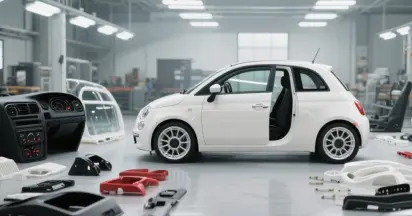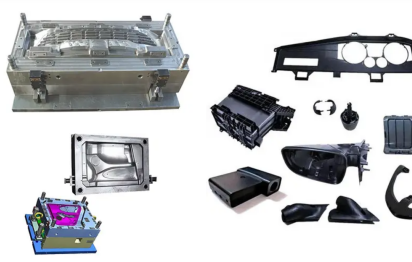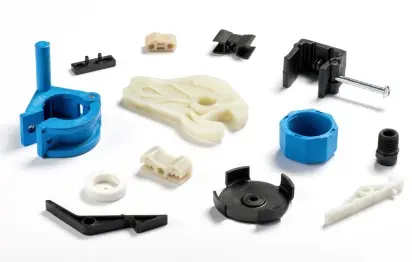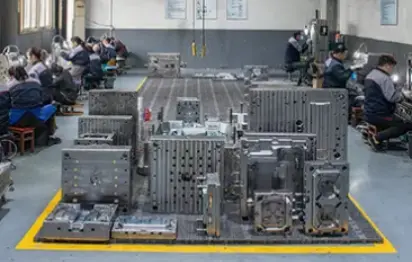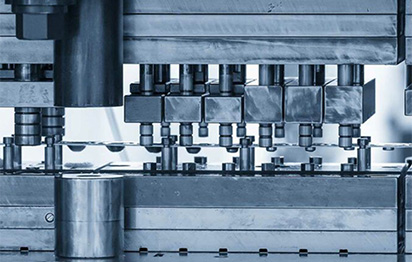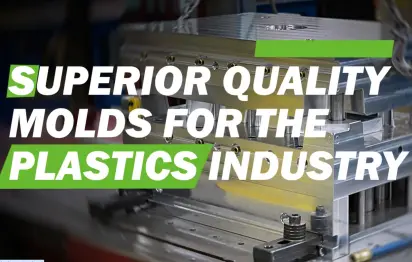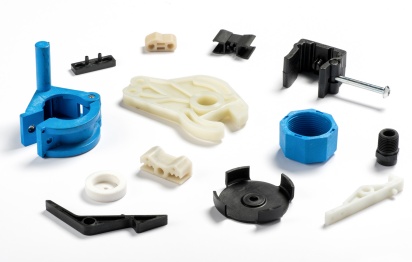Understanding the Lifespan of Plastic Injection Molds: What You Need to Know
Plastic Injection Molding is one of the most efficient and reliable methods for producing high-quality custom parts across multiple industries. But when it comes to long-term performance, one of the most important factors to consider is the lifespan of a plastic injection mold.
In this blog, we'll explore how long Injection Molds typically last, what affects their durability, and how you can extend their life for maximum return on investment.
What Is the Lifespan of a Plastic Injection Mold?
Unlike machines or tools that are measured by age, injection mold lifespan is determined by the number of cycles — the number of times a mold can produce a part before it wears out.
For high-volume production, most molds are designed to last between 500,000 and 1,000,000 cycles. With proper care and routine maintenance, these molds can sometimes exceed that range. In contrast, prototype molds or those used for low-volume production typically last between 1,000 and 5,000 cycles. These are made from softer, less durable materials and are optimized for cost and speed rather than longevity.
It's worth noting that poor storage conditions — such as high humidity, extreme temperatures, or exposure to UV light — can reduce mold quality, even when the mold is not in use.
What Factors Affect Mold Durability?
Several key elements influence the durability and performance of injection molds:
- Material Selection
The material used to build the mold plays a major role in its life expectancy. Hardened tool steels, although more expensive, offer superior wear resistance and are ideal for long-term use. Softer steels may reduce initial costs but typically have shorter lifespans.
- Mold Design
A well-designed mold can significantly improve both part quality and mold longevity. Complex part geometries — such as thin walls or intricate features — are more prone to damage. Proper gate design, ejector pin placement, and surface finish are critical to reducing stress and wear on the mold.
- Operating Environment and Maintenance
Consistent maintenance is essential for extending a mold's useful life. This includes:
- Regular cleaning
- Lubrication of moving components
- Inspection for early signs of wear or corrosion
A controlled environment also matters. Avoid storing molds in high-humidity areas or exposing them to chemical corrosion.
Work with DX Mold to Maximize Mold Life
At DX Mold, we understand that investing in a durable, high-performance mold is crucial to your success. From selecting the right materials to expert mold design and preventive maintenance, we help clients ensure long-term efficiency and reliability in their production processes.
If you're looking for custom plastic injection molds that last, talk to the team at DX Mold today. We're here to help you get the most out of every cycle.






